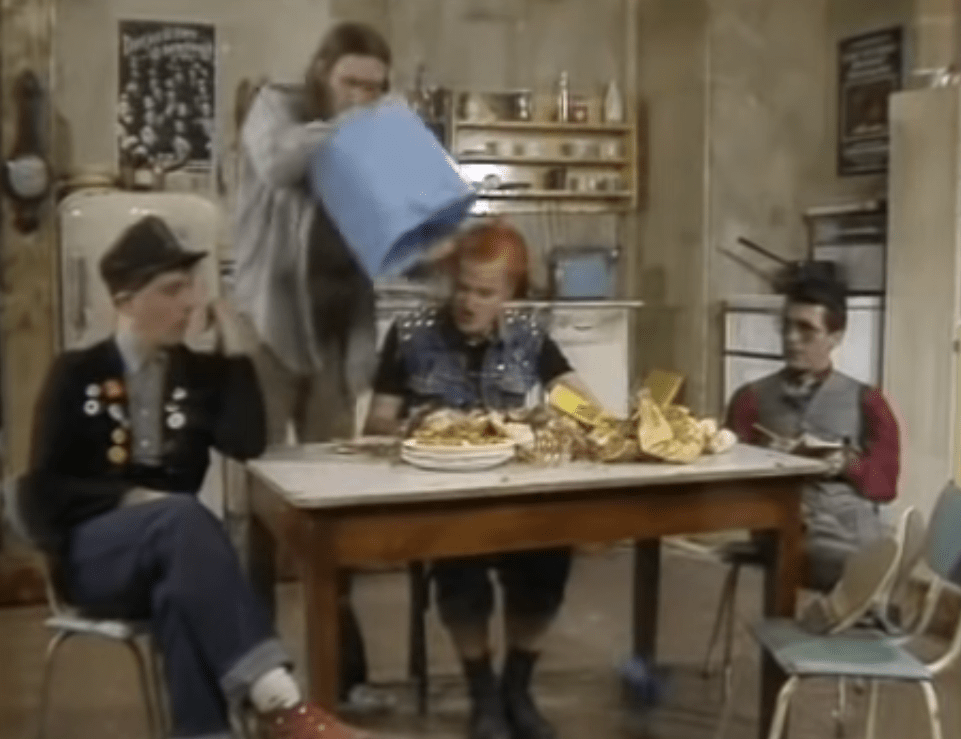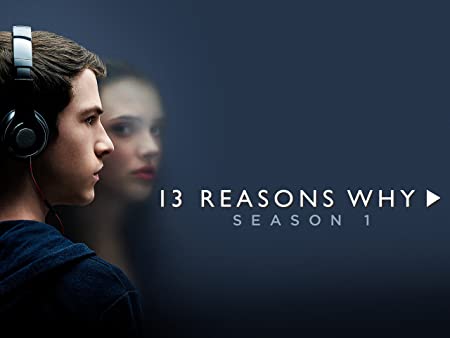
While Danish schools have been closed since mid-March and all family members are staying at home in the evenings, new kinds of programming, such as live sing-along broadcasts, are suddenly finding popularity as primetime family content By Eva Novrup Redvall, PI of the research project Reaching Young Audiences









